
The Wicker Park-Bucktown neighborhood is finding faster ways to alleviate masses of graffiti missed by the city’s new Graffiti Blaster program, which community leaders say is too slow to effectively combat tagging in the area.
“Since the city has cut back some of these services, we’ve been looking for other ways, so the graffiti doesn’t get out of hand in our neighborhood,” said Wayne Janik, Commissioner of the Wicker Park-Bucktown Association and co-chair of Special Service Area 33’s Clean, Green and Safe Committee, a group dedicated to taking care of the area by providing cleaning services, maintaining greenery and installing trash and recycling containers throughout the neighborhood in addition to those provided by Chicago.
Special Service Areas are small tax districts that fund community cleanup and development through a small additional property tax. At the end of 2011, the Wicker Park-Bucktown SSA fund totaled more than $450,000.
Janik said Special Service Area 33 has come up with multiple ways to help community members fix any damage made by tagging or graffiti, including helping to pay for window filming services and providing cleaning crews.
“SSA 33 supports a rebate for business owners within the SSA boundary to get anti-graffiti film put on their windows. So we pay a percentage of the cost of that,” said Janik. “The next program we offer is something we do with the alderman’s office. Both Ald. [Scott] Waugespack (32nd) and Ald. [Joe] Moreno (1st) have volunteer groups that take care of low level graffiti. So they’ll go out and paint over street poles, and there are chemicals we use to wipe the graffiti from metal.”
Janik said the Clean, Green and Safe Committee also plans to collaborate in the future with Cleanslate, an organization dedicated to helping individuals reenter the workforce by teaching valuable work skills through neighborhood restoration and beautification.
“The third program that we support is through Cleanslate, who we contract to sweep the sidewalks within the SSA. They also have a team that goes out once a week and does low level graffiti removal,” said Janik. “In 2013, we’re going to be experimenting with Cleanslate to start doing some small amounts of tactics like blasting the graffiti.”
SSA 33 still tries to keep the city and it’s Graffiti Blaster service informed though.
“We try to get 311 involved as much as we can, so this way it gets done. Milwaukee Avenue seems to be a prime target for taggers,” said Janik.
There have been 21 graffiti abatement applications so far in 2012, and the committee has given out $12,760 in rebates, said Jessica Wobbekind of the Wicker Park-Bucktown Association.
On a smaller scale there’s Steve Jensen, a Wicker Park resident and leader of The 32nd Ward Street Team. Jensen went to the Wicker Park-Bucktown Chamber of Commerce and Waguespack’s office asking for help with graffiti and other neighborhood eyesores.
“I had asked them for money to buy spray paint, because nobody was addressing covering up tags with spray paint, like on a white wall or a black traffic box. So I have been doing that for the past couple summers on my own free time,” said Jensen. “I’m just a one person operation that wants to make my neighborhood cleaner, only for the fact that a neighborhood free of graffiti, clean alleys and all of the above tends to be a safer neighborhood.”
Jensen said the key to taking care of graffiti is timeliness.
“When we see gang graffiti: crowns, pitchforks, gang names, swastikas; we’ll see a picture of it, and we’ll go tackle it right away, because our goal is to eliminate the gang tags within minutes or hours of it being put up,” said Jensen. “We call it counter-tagging. If there’s enough counter tagging going on in our neighborhood, they’re just going to stop at some point. We don’t know when; we don’t have any data but we don’t care. We have more spray paint than the gang bangers do. So we just go tackle it.”
Jensen said while the Graffiti Blaster program isn’t as fast, he still relies on the city’s services for larger tags.
“It’s kind of an unwritten partnership. They have big tools and they can tackle big pieces, there are some tags where the graffiti artists use bubble letters and they’ll use 15-20 cans of spray paint to create that. Graffiti Blasters has commercial spray painting guns and a huge 50 gallon tank of paint. If it’s a big tag that I can’t tackle, I’m going to call in Graffiti Blasters myself, which I do multiple times a day.”
Jensen also pointed to the problem of all of the graffiti on North Milwaukee Avenue.
“Milwaukee Avenue is pretty much a tagger super highway; most of the taggers are on bikes: either bmx or fixed gear road bikes,” said Jensen. “Milwaukee is pretty much tagged from downtown all the way out to Lawrence. The key time for taggers is from midnight to 6 a.m.”
With community organizations and volunteers pitching in to get rid of graffiti before the city does, certain companies that offer removal for a fee find they’re rarely called upon.
“I don’t do much graffiti cleaning. It’s a service we have offered but there does not seem to be much demand. I think it’s because the city has a decent response to calls for graffiti,” said Scott Majeski of Puro Clean Property Restoration Specialists.
While communities have taken matters into their own hands at managing graffiti, Mayor Emanuel announced a budget expansion of the city’s graffiti program for 2013 in an October press release.
According to the press release, in 2013 the Department of Streets and Sanitation will add five painters to its graffiti removal program, a 25 percent increase.
When Mayor Emanuel arrived in office, he implemented a new graffiti removal strategy known as “blitzing,” where Chicago’s Graffiti Blasters focus on one area at a time, cleaning all graffiti in sight.
This tactic, in combination with budget cuts, made the graffiti removal process slower in 2012 though, according to an August article in the Chicago Sun-Times.















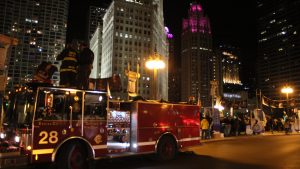

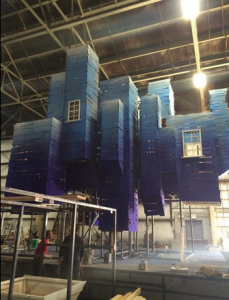
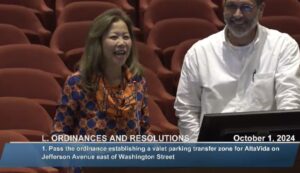





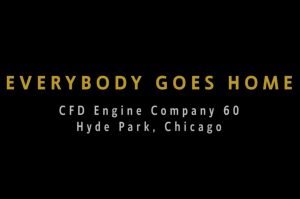
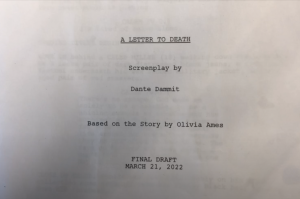


Be First to Comment